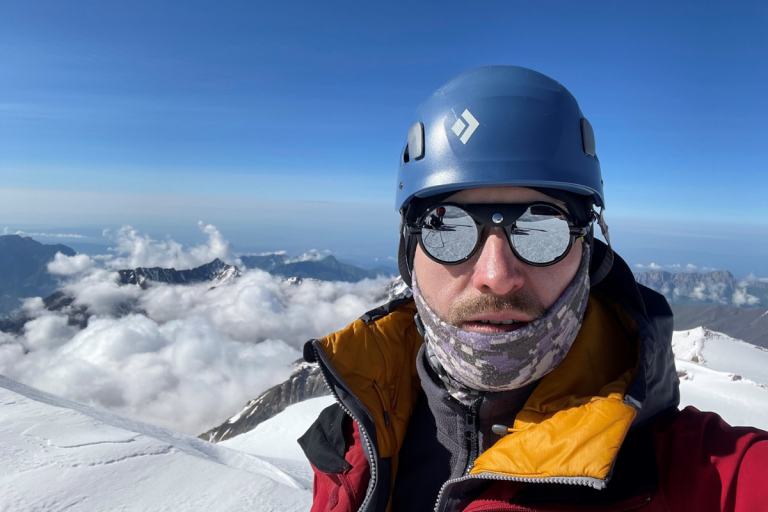Frontotemporal Dementia (FTD)
FTD is less common (about 2% of dementia cases), but is a significant cause of dementia in those under 65 years of age.
- FTD is sometimes called Pick’s disease or frontal lobe dementia.
- Nerve cells in the frontal and/or temporal lobes of the brain die and the pathways that connect them change.
- The frontal lobes are where the brain manages problem solving, speech and the control of emotions.
- The role of the temporal lobes includes remembering words and recognising faces or familiar objects.
- FTD leads to symptoms including changes in personality and behaviour, and difficulties with language.
- Autopsy studies show that the death of nerve cells in the frontal and temporal lobes is linked to clumps of abnormal proteins inside cells, including tau. Tau may take the form of Pick bodies, giving frontotemporal dementia its original name of Pick’s disease.
What happens in the brain?
Neurons (the main cells in our brain) in the frontal lobe or temporal lobe of the brain are damaged. The frontal lobe is associated with our behaviour and personality, whereas the temporal lobe is associated with language, production and comprehension of speech.
Frontotemporal Dementia Overview
BRACE funds vital research into Frontotemporal dementia.
If you'd like to donate and support our important work - click here.
Share this page




